What is a Home Air Conditioning System and How Does It Work
In the sweltering heat of summer, the importance of a reliable home air conditioning system cannot be overstated. Experts in the field, such as Dr. Emily Carter, a renowned HVAC specialist, emphasize that "a well-functioning air conditioning system not only ensures comfort but also plays a crucial role in maintaining indoor air quality." Understanding what a home air conditioning system entails and how it operates is essential for homeowners looking to optimize their cooling solutions.
Home air conditioning systems have evolved significantly over the years, incorporating advanced technologies to enhance efficiency and functionality. From central air systems to ductless mini-splits, these systems cater to various needs and preferences, making them an integral part of modern living. As we delve into the intricacies of these systems, it is essential to explore their components, working mechanisms, and the impact they have on our daily lives.
As we approach the year 2025, understanding the top innovations and trends in home air conditioning systems will be vital for homeowners and industry professionals alike. By exploring the best options available in the market, we can make informed decisions that not only suit our needs but also contribute to a sustainable future.
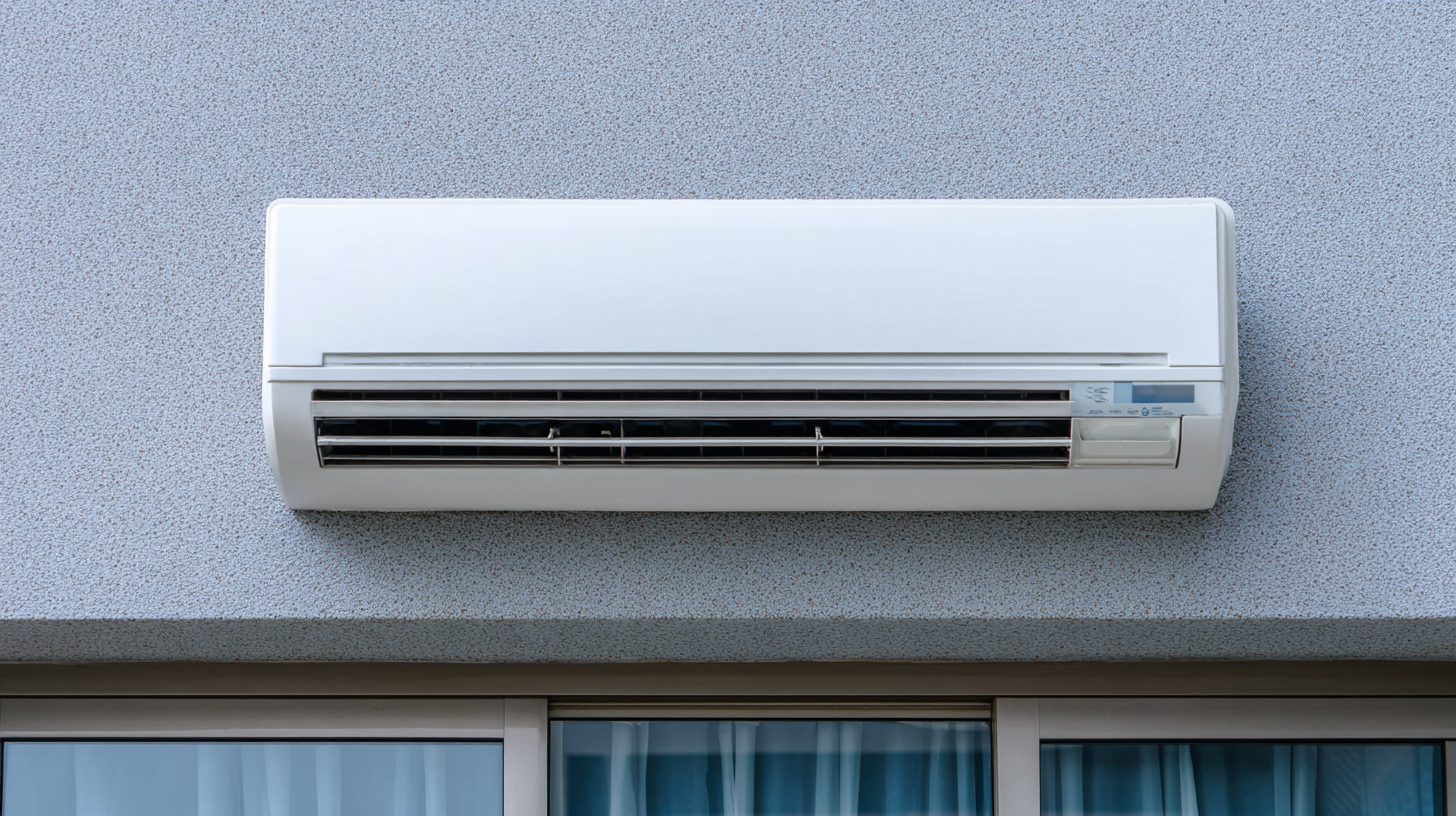
What Constitutes a Home Air Conditioning System?
A home air conditioning system is primarily made up of several key components that work together to maintain a comfortable indoor environment. Central to this system is the compressor, which circulates refrigerant through the system, facilitating heat exchange. The compressor pumps the refrigerant to the condenser, where heat is released to the outside air, transforming the refrigerant into a cooler liquid.
Additionally, the evaporator coil plays a crucial role in cooling the indoor air. As indoor warm air is drawn over the evaporator coil, the refrigerant absorbs heat, cooling the air before it is circulated back into the living spaces. A network of ducts or a split system distributes the cool air throughout the home, while a thermostat controls the system’s operation based on the desired temperature settings. Other components like the air handler and filters contribute to the efficiency and effectiveness of the air conditioning system, ensuring that the indoor air remains clean and adequately circulated.
What is a Home Air Conditioning System and How Does It Work - What Constitutes a Home Air Conditioning System?
| Component | Function | Common Types |
|---|---|---|
| Compressor | Pumps refrigerant and increases its pressure | Reciprocating, Scroll |
| Evaporator Coil | Absorbs heat from the indoor air | Fin Coil, Shell and Tube |
| Condensing Unit | Releases the heat absorbed by refrigerant to the outside air | Air-cooled, Water-cooled |
| Expansion Valve | Regulates the flow of refrigerant into the evaporator coil | Thermostatic, Electronic |
| Air Handler | Circulates cooled air throughout the home | Belt-driven, Direct-drive |
| Ductwork | Distributes the conditioned air to different rooms | Flexible, Rigid |
Key Components of an Air Conditioning System Explained
A home air conditioning system works by regulating indoor temperature and humidity, providing a comfortable living environment. The key components of an air conditioning system include the compressor, condenser, evaporator, and refrigerant. The compressor pressurizes the refrigerant, which then flows to the condenser, where it releases heat and transforms into a liquid. This liquid refrigerant then passes through the expansion valve, turning into a low-pressure gas and absorbing heat from the indoor air as it enters the evaporator. This process cools the air, which is then circulated back into the home.
The automotive HVAC market in India is significant, reflecting the growing demand for climate control systems in vehicles. Expected to grow from $1.43 billion in 2024 to $3.68 billion by 2032, this market demonstrates a compound annual growth rate (CAGR) of 12.6%. This trend underscores the importance of effective HVAC solutions, not only in homes but also in vehicles, as consumers increasingly seek comfort in various environments. As technology advances, the integration of energy-efficient components in both residential and automotive applications will likely play a crucial role in enhancing system performance and sustainability.
The Science Behind Air Conditioning: How Cooling Works
Air conditioning systems play a vital role in modern comfort, especially during hot weather. The core function of an air conditioning system is based on the principles of thermodynamics and heat transfer. At its most basic, air conditioning works by removing heat from the indoor air and transferring it outside, effectively lowering the indoor temperature. The system utilizes a refrigerant, which absorbs heat as it evaporates and releases it as it condenses. This cycle involves several key components, including compressors, condensers, and evaporators, working together seamlessly to maintain a comfortable environment.
Tips: To enhance the efficiency of your air conditioning system, regular maintenance is crucial. Clean or replace filters every month to ensure unrestricted airflow and prevent dust buildup. Additionally, consider using programmable thermostats that adjust cooling according to your schedule, which can lead to significant energy savings.
Another crucial aspect of cooling is insulation. Adequate insulation in your home helps keep the cool air in and the heat out. Sealing gaps around windows and doors prevents heat transfer and allows your air conditioner to operate more efficiently. Consider using shades or curtains during the hottest part of the day to block direct sunlight, further supporting your cooling efforts.
Types of Home Air Conditioning Systems and Their Functions
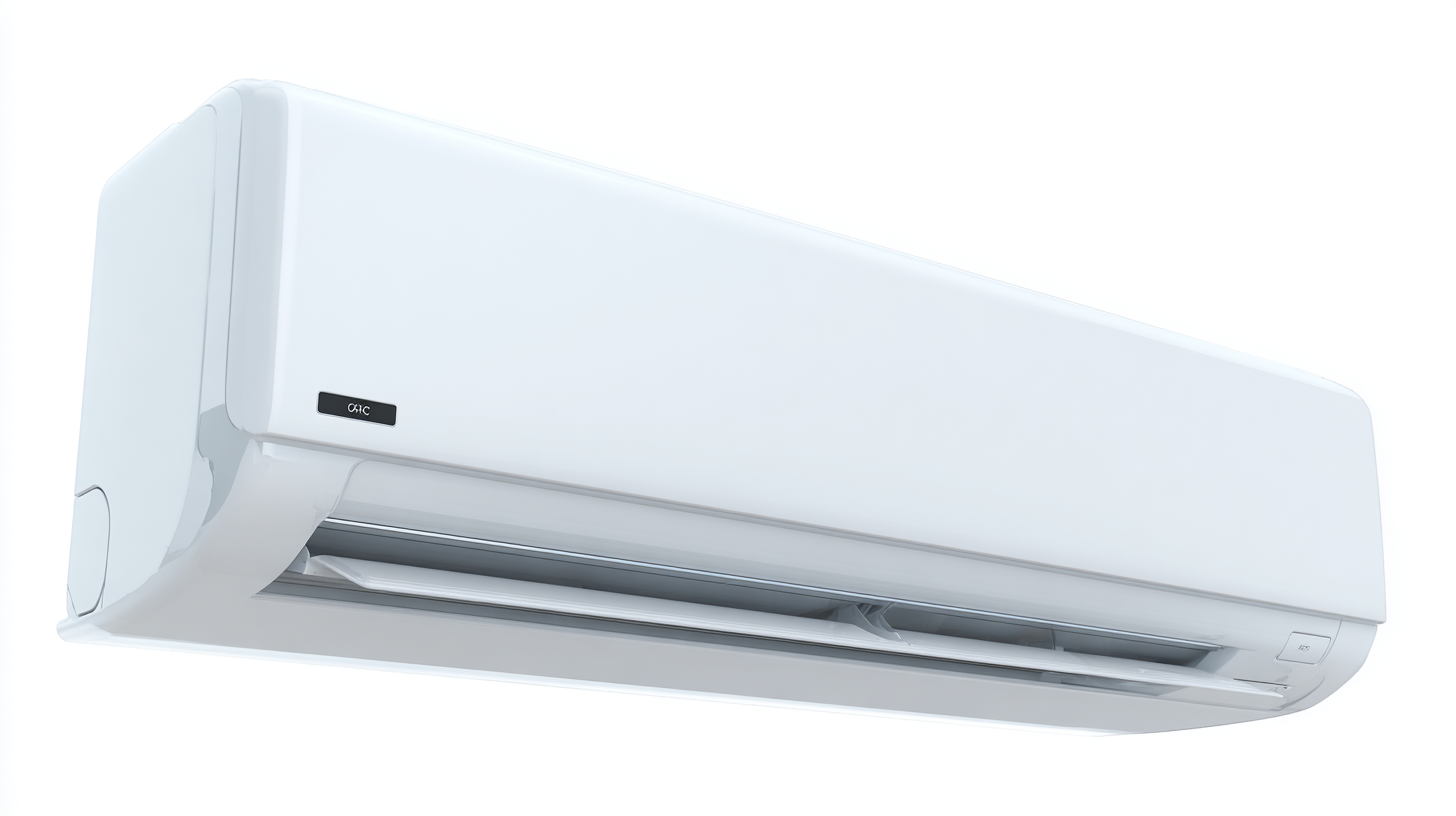 Home air conditioning systems are vital for maintaining a comfortable indoor environment, especially during the hotter months. There are several types of air conditioning systems, each designed to meet different needs and preferences. The most common types include central air conditioning, window units, and ductless mini-split systems. According to the U.S. Department of Energy, central air conditioning systems, which cool air and distribute it through ducts, are preferred for their efficiency and ability to cool multiple rooms simultaneously.
Home air conditioning systems are vital for maintaining a comfortable indoor environment, especially during the hotter months. There are several types of air conditioning systems, each designed to meet different needs and preferences. The most common types include central air conditioning, window units, and ductless mini-split systems. According to the U.S. Department of Energy, central air conditioning systems, which cool air and distribute it through ducts, are preferred for their efficiency and ability to cool multiple rooms simultaneously.
Window air conditioners are a more budget-friendly option suitable for single rooms. They are relatively easy to install and can effectively cool spaces up to about 1,500 square feet. However, they often lack the efficiency of central systems, with an average Seasonal Energy Efficiency Ratio (SEER) rating of around 10-12, while modern central systems can range from 14 to 20 SEER. Ductless mini-split systems offer a compromise between the two, providing flexibility without the need for ductwork. They can be installed in various configurations, making them ideal for homes without existing duct systems. According to a report by Allied Market Research, the global ductless air conditioning market is expected to reach $72 billion by 2027, reflecting their growing popularity and effectiveness in energy management.
Maintenance and Efficiency Tips for Air Conditioning Systems
To ensure your home air conditioning system operates efficiently, regular maintenance is crucial. Start by changing or cleaning the air filters every one to three months, as dirty filters restrict airflow and can cause the system to overheat. Additionally, a clean filter improves indoor air quality, contributing to a healthier living environment. It's also beneficial to check the condenser coils outside your home for any debris or dirt buildup. Keeping these coils clean allows your system to dissipate heat more effectively.
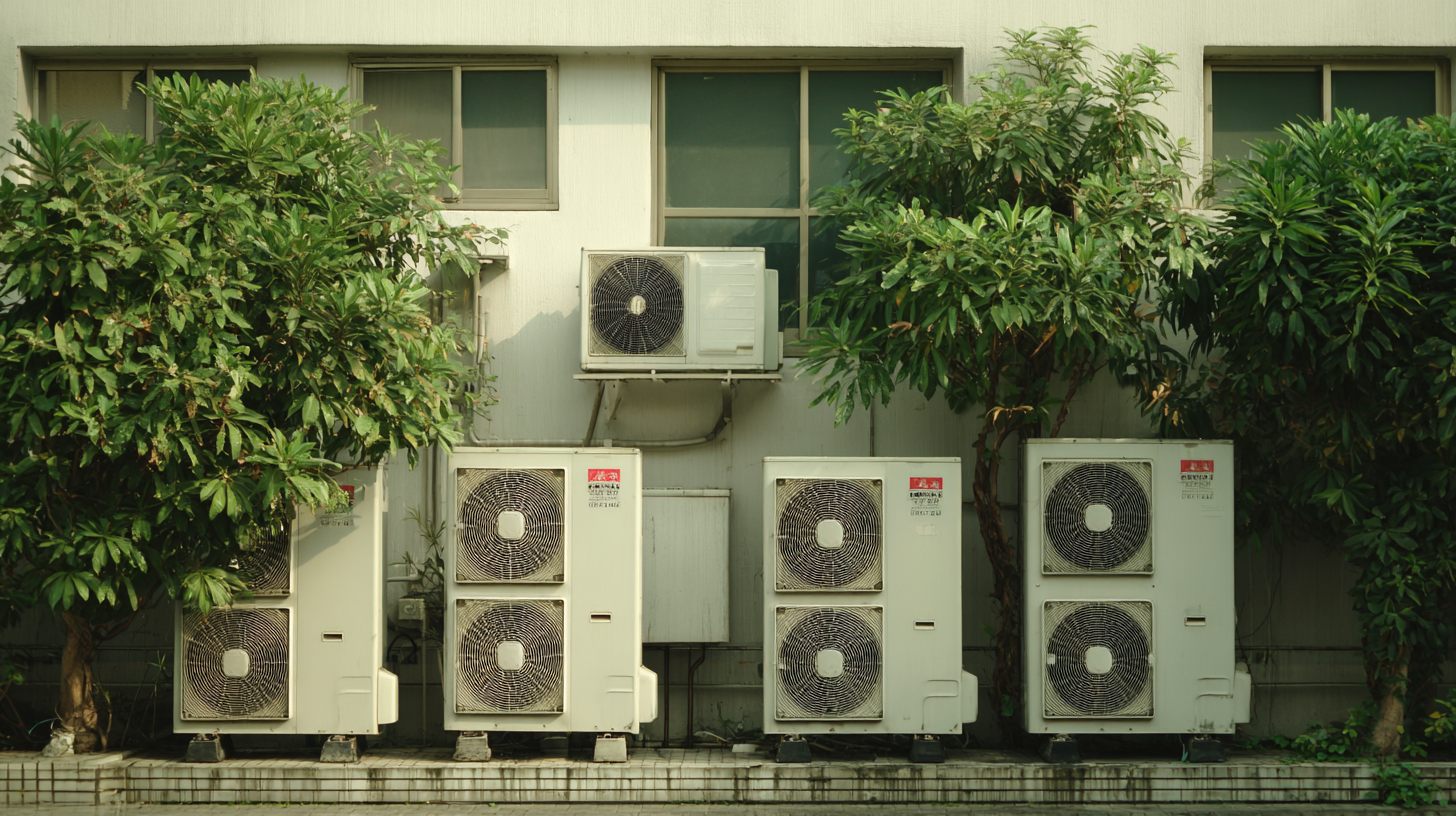
Apart from routine cleaning, consider scheduling professional inspections at least once a year. During these inspections, technicians can identify potential problems before they escalate and perform necessary repairs. Furthermore, optimizing your thermostat settings can lead to significant energy savings. Programming the thermostat to adjust temperatures based on your daily routines prevents unnecessary cooling when no one is home. By implementing these maintenance practices and efficiency tips, homeowners can enhance their air conditioning systems’ performance and extend their lifespan.
Related Posts
-
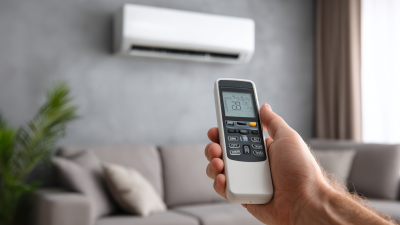
2023 Guide to Air Conditioning Systems: Understanding SEER Ratings and Energy Efficiency for Your Home
-

The Ultimate Guide to Choosing the Right Residential Air Conditioning System for Your Home
-

Essential Guide to Home Air Conditioning Installation: Tips for Choosing the Right System for Your Space
-

How to Choose the Best Home Air Conditioning System for Your Needs
-
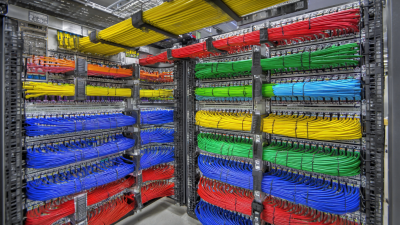
Understanding AC Trunking: A Comprehensive Guide to Efficient Cable Management Solutions
-

The Ultimate Guide to Understanding Air Conditioning Trunking: Benefits and Installation Tips